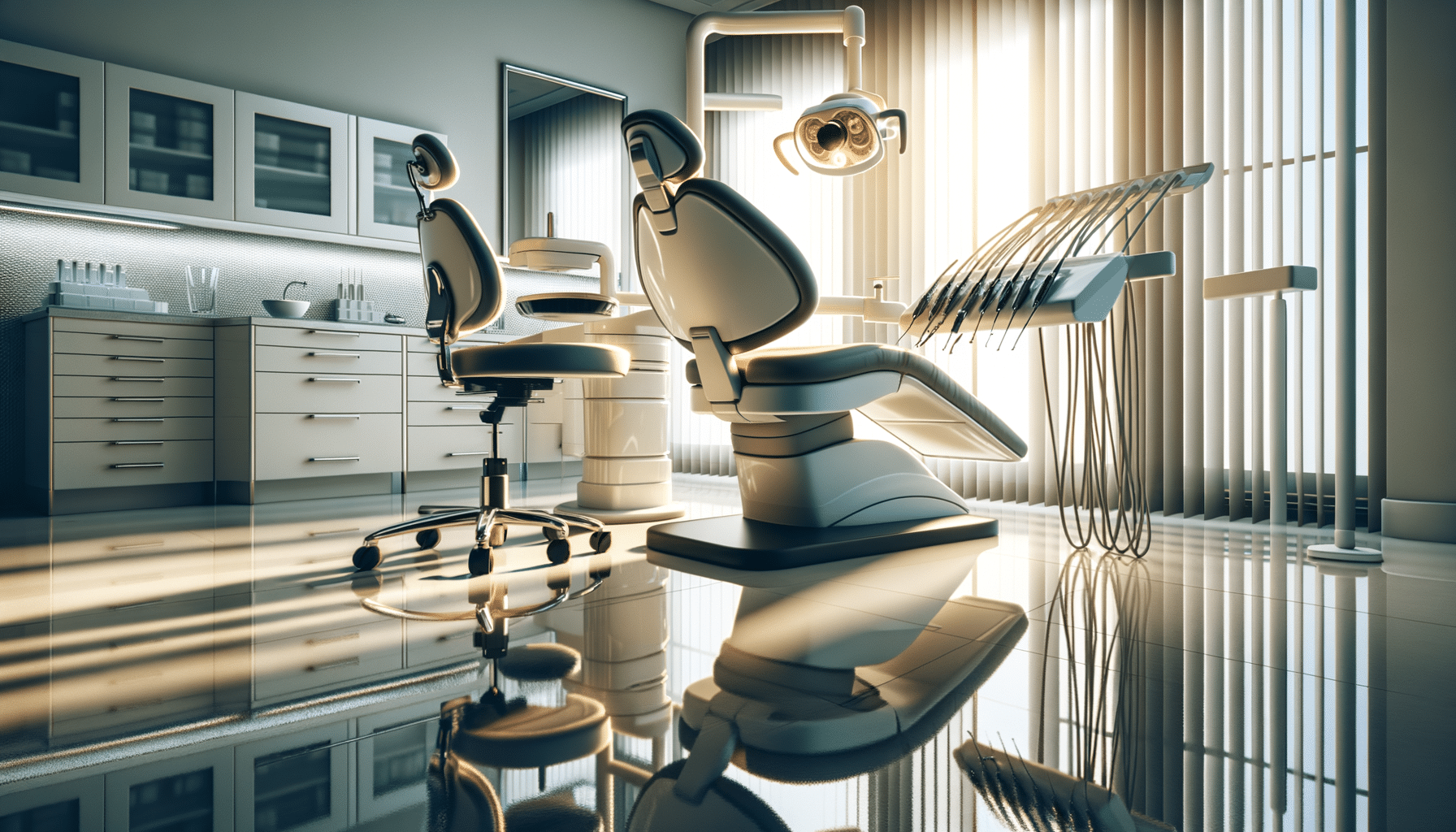
Learn more about orthodontics
Introduction to Orthodontics
Orthodontics is a specialized field of dentistry that focuses on diagnosing, preventing, and treating dental and facial irregularities. This branch of dentistry has grown significantly over the years, providing patients with the opportunity to achieve not only a more aesthetically pleasing smile but also improved oral health. By addressing issues such as crowding, spacing, and misaligned teeth, orthodontics plays a crucial role in enhancing the overall well-being of individuals. The importance of orthodontic treatment extends beyond cosmetic improvements, as it can prevent more severe dental issues in the future.
The Science Behind Orthodontics
Orthodontics is deeply rooted in the understanding of dental biomechanics and craniofacial biology. The primary goal of orthodontic treatment is to correct malocclusions, which are improper bites resulting from misaligned teeth or jaws. This correction is achieved through the application of continuous, gentle pressure over time, guiding teeth into their desired positions. Orthodontists employ various tools and techniques, including braces, aligners, and retainers, to accomplish these adjustments.
Understanding the growth patterns of the jaw and teeth is essential for effective treatment planning. Orthodontists often use diagnostic tools such as X-rays and 3D imaging to gain insights into the patient’s dental structure. This data helps in creating a tailored treatment plan that addresses the unique needs of each patient. The science behind orthodontics not only focuses on teeth alignment but also considers the impact of treatment on facial aesthetics and overall oral function.
Common Orthodontic Treatments
There are several orthodontic treatment options available today, each designed to address specific dental issues. Traditional metal braces are perhaps the most well-known option, consisting of brackets and wires that gradually move teeth into place. Despite their visibility, metal braces are highly effective and suitable for complex cases.
Clear aligners offer a more discreet alternative, appealing to those who prefer a less noticeable treatment. These custom-made, removable trays are worn over the teeth, gradually shifting them into position. Aligners are particularly popular among adults and teenagers, providing a convenient option for those seeking orthodontic care without the aesthetic drawbacks of metal braces.
For patients with minor spacing or alignment issues, retainers can be a viable solution. These devices help maintain the position of teeth after the completion of orthodontic treatment, preventing them from shifting back to their original state. Each of these treatments has its own advantages and considerations, making it essential for patients to consult with an orthodontist to determine the best approach for their needs.
The Benefits of Orthodontic Treatment
Orthodontic treatment offers a multitude of benefits that extend beyond achieving a straighter smile. Properly aligned teeth contribute to better oral hygiene, as they are easier to clean and maintain. This reduces the risk of tooth decay and gum disease, which are often exacerbated by crowded or misaligned teeth.
Additionally, orthodontics can alleviate issues related to jaw pain and discomfort. Misaligned teeth can lead to uneven pressure distribution during biting and chewing, resulting in strain on the jaw muscles and joints. By correcting these misalignments, orthodontic treatment can help reduce or eliminate such discomforts.
Furthermore, a well-aligned smile can boost self-confidence and improve social interactions. Many individuals who have undergone orthodontic treatment report feeling more comfortable and secure in social settings, which can have a positive impact on their personal and professional lives. The comprehensive benefits of orthodontics make it a valuable investment in one’s overall health and well-being.
Choosing the Right Orthodontist
Selecting the right orthodontist is a critical step in ensuring successful treatment outcomes. Patients should seek a qualified professional with a proven track record in delivering effective orthodontic care. It’s essential to consider the orthodontist’s experience, the range of services they offer, and their approach to patient care.
Consultations are an excellent opportunity to evaluate an orthodontist’s expertise and determine if they are a good fit for your needs. During these meetings, prospective patients can discuss their concerns, ask questions about treatment options, and get a sense of the orthodontist’s communication style and commitment to patient satisfaction.
Additionally, reading reviews and testimonials from previous patients can provide valuable insights into the quality of care provided by the orthodontist. By taking the time to research and choose a reputable professional, patients can embark on their orthodontic journey with confidence, knowing they are in capable hands.


